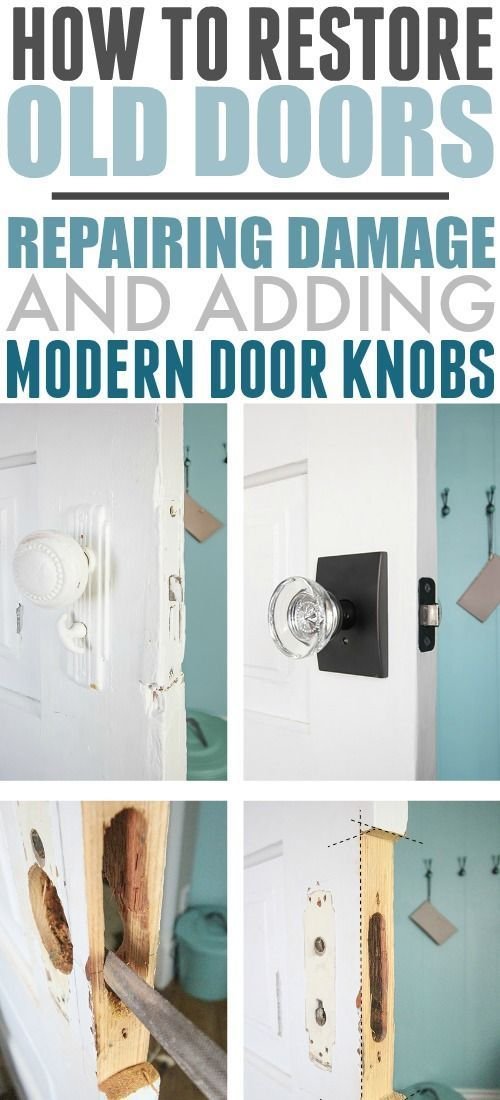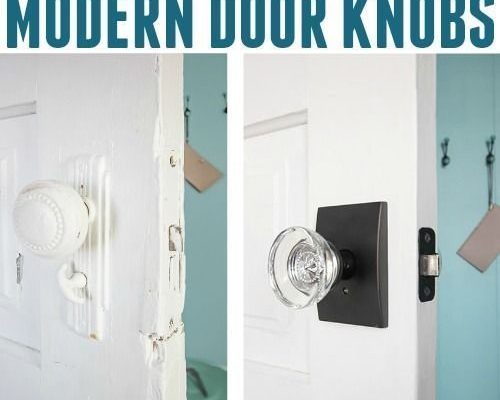
So, how do you keep that door hardware in tip-top shape? It’s simpler than you might think! Imagine you’re in a coffee shop with a friend, and you’re brainstorming ways to give your worn-out door hardware a little TLC. In this guide, we’re going to explore some straightforward tips and tricks for repairing and maintaining the hardware of your interior doors, ensuring they continue to function smoothly even after years of heavy use.
Identifying Common Problems with Door Hardware
Before you can fix anything, you need to recognize what’s going wrong. Here are some common problems you might encounter:
- Loose knobs or handles: If a door handle wiggles or feels unstable, it’s usually a sign that the screws are loose.
- Squeaky hinges: This is a pretty common annoyance, often caused by lack of lubrication or old hardware.
- Sticking locks: If you have to jiggle or force the key to unlock the door, it’s time to investigate the locking mechanism.
By pinpointing these issues early, you can prevent more significant problems down the line. For example, a squeaky hinge isn’t just annoying—it can wear out the hinge over time if left unaddressed, requiring a full replacement instead of a simple fix.
Gathering the Right Tools for the Job
Repairing door hardware doesn’t require a massive toolbox, but there are a few essential tools that can make your life easier. Here’s what you’ll want to have on hand:
- Screwdriver set: Both flathead and Phillips screwdrivers will cover most types of screws you’ll encounter.
- Lubricant: A good lubricant, like WD-40 or a silicone spray, is crucial for smooth-moving parts.
- Replacement parts: Keep an eye out for screws, knobs, and hinges that may need replacing.
Having these tools ready will save you time and frustration. Picture this: You’re mid-repair, and you realize you don’t have the right screwdriver—that just makes everything feel a lot more complicated than it needs to be!
Fixing Loose Door Knobs and Handles
A loose door knob can be a quick fix! Here’s how to get it secure again:
1. Tighten the screws: Start by inspecting the screws on the door knob. If they’re loose, use your screwdriver to tighten them. Sometimes, a simple adjustment is all you need.
2. Check for wear: If the screws are tight and the knob is still wobbly, the internal components may be worn out. In this case, you might need to replace the knob entirely.
3. Add friction tape: If you’re in a pinch and need a temporary fix, wrap some friction tape around the knob post before replacing it. It can help create a snug fit until you can get a new knob.
By tackling these small repairs immediately, you avoid the hassle of a complete knob replacement later on.
Dealing with Squeaky Hinges
Squeaky hinges are notorious for making doors sound like they’re haunted. Here’s how to silence those noises:
1. Lubricate the hinges: Spray a little lubricant directly onto the hinges. Move the door back and forth to allow the lubricant to permeate.
2. Wipe away excess: Use a cloth to wipe away any extra lubricant that drips down. You don’t want to create a mess, and keeping the area clean helps reduce dirt buildup.
3. Replace if needed: If lubricating doesn’t stop the squeak, consider replacing the hinge. Over time, they can wear out and need to be swapped out for fresh ones.
With just a little maintenance, you can extend the life of your door hinges significantly.
Addressing Sticking Locks
If your door lock feels like a puzzle, don’t worry! Here’s how to troubleshoot the issue:
1. Clean the lock: Start by cleaning out any dirt or debris from the keyhole. A can of compressed air can be great for this.
2. Lubricate the lock: Just like with hinges, a small amount of lubricant can work wonders. Spray it directly into the keyhole, then insert and remove the key several times to distribute it evenly.
3. Check the key: Sometimes, the key itself can be the problem. If it’s bent or worn down, consider having a new key made.
A well-functioning lock is crucial for safety, so it’s worth taking the time to fix any issues.
Replacing Door Hardware Components
Sometimes, you can’t fix an issue without replacing parts. Here’s how to go about it:
1. Identify broken parts: If a knob, hinge, or lock is damaged, make note of the specific parts you need to replace.
2. Purchase the right components: Visit your local hardware store or shop online for replacements. Make sure you get components that match the style and size of your existing hardware.
3. Install carefully: Follow the instructions on the packaging. Usually, it involves removing screws and the old part, then reversing the process for the new one.
Replacing worn-out hardware can feel like giving your door a mini-makeover. Plus, it helps maintain that professional look throughout your home!
Regular Maintenance Tips
Preventative care can save you from headaches later on. Here are some simple maintenance tips:
– Inspect regularly: Take a few minutes every couple of months to check all your door hardware. Look for signs of wear, rust, or looseness.
– Clean surfaces: Dust and dirt can cause components to wear out faster. Regular cleaning helps keep everything in working order.
– Lubricate periodically: A little lubricant goes a long way. Make it a habit to lube hinges and locks every few months.
By maintaining a regular checklist, you can keep your door hardware functioning smoothly for years.
Closing thoughts? Don’t let worn-out hardware slow you down. By taking charge and learning a few repairs, you can enhance your home’s functionality and keep those doors swinging smoothly. Happy fixing!
